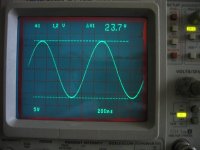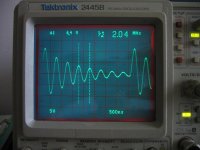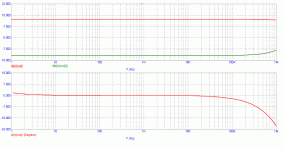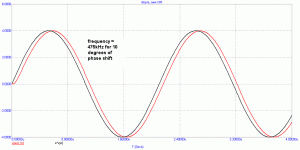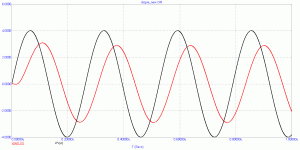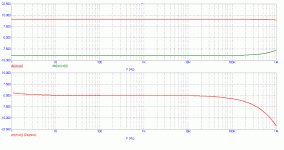I would like to ask what, who sees the link between delays and the impact of listening to the amplifier characteristics.
The decrease in gain of 3 dB is a phase shifted by 45°, the sine of 0.707 of the maximum value, consider this very poor, for feedback and Vdif.
Thank
The decrease in gain of 3 dB is a phase shifted by 45°, the sine of 0.707 of the maximum value, consider this very poor, for feedback and Vdif.
Thank
Vdif and conditions of the input amplifier.
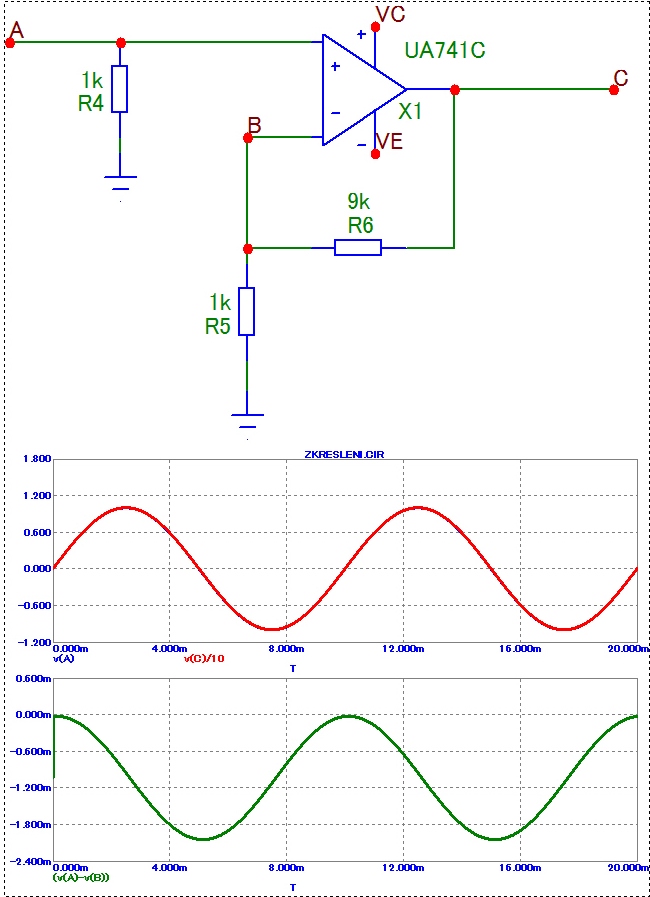
Fundamental change Vdif and conditions of the input amplifier delays 10 °.
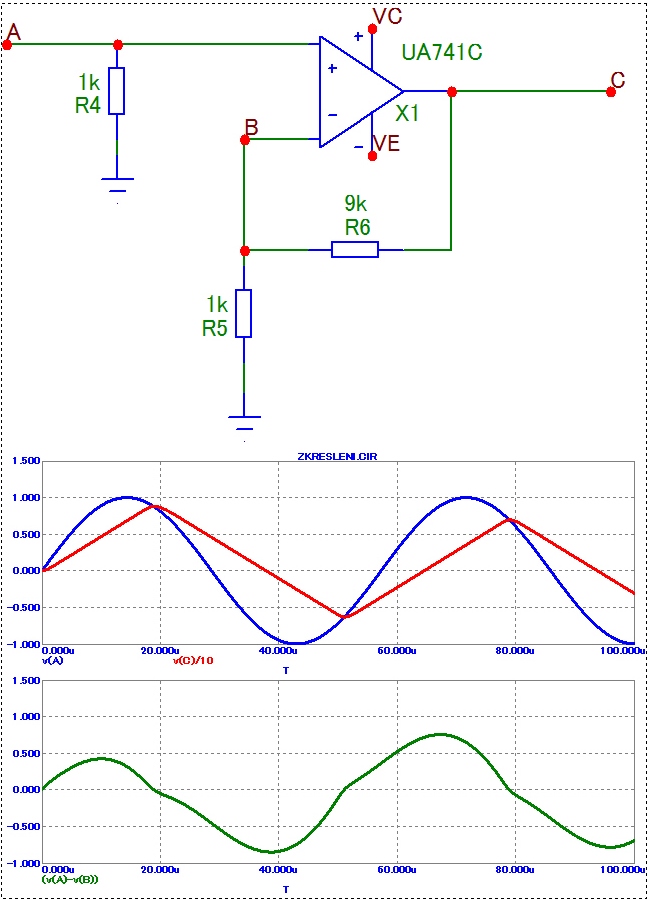

Fundamental change Vdif and conditions of the input amplifier delays 10 °.

No audio amplifier should exhibit phase shift over the 20-20khz range unless the response is modified by for example tone controls which phase shift.
What has a 741 got to do with all this, configured with a gain of +10 and a low input impedance 🙂
Use a faster opamp and the problem will diminish.
Edit... the lack of speed of the 741 is why you are seeing the "differential" voltage between the inputs increase as frequency increases.
What has a 741 got to do with all this, configured with a gain of +10 and a low input impedance 🙂
Use a faster opamp and the problem will diminish.
Edit... the lack of speed of the 741 is why you are seeing the "differential" voltage between the inputs increase as frequency increases.
Last edited:
I say again: do you have independent correlation between your statement and listening experiences ? Or what is your verification?
I say again: do you have independent correlation between your statement and listening experiences ? Or what is your verification?
You have space here to say their knowledge and experience so please write.
This would be useless without discussing topology. Due to heavy emitter degeneration in my input stage, the input stage cannot be dynamically saturated. This is very different from input differential BJT stage without any emitter degeneration. Anyway, your wish fulfilled:
Attachments
Thank you very nicely, but I more interested in courses Vdif delays, as I showed in the delay 10°.


Very nice, but 4*Vin not Vdif. I, write about something completely different, but we thank you for being willing nicely.
I have already replied - you can read the Vdiff magnitude here, as v👎-v(i) plot:
http://www.diyaudio.com/forums/soli...-listening-characteristics-2.html#post1989136
Just look at the frequency of interest and read v👎-v(i) in dB. You can see it is quite flat very very high above audio band.
http://www.diyaudio.com/forums/soli...-listening-characteristics-2.html#post1989136
Just look at the frequency of interest and read v👎-v(i) in dB. You can see it is quite flat very very high above audio band.
Attachments
Last edited:
Basic is your statement about correlation of " transistor sound " and Vdif, we ask you about fair and independent proof, go to!
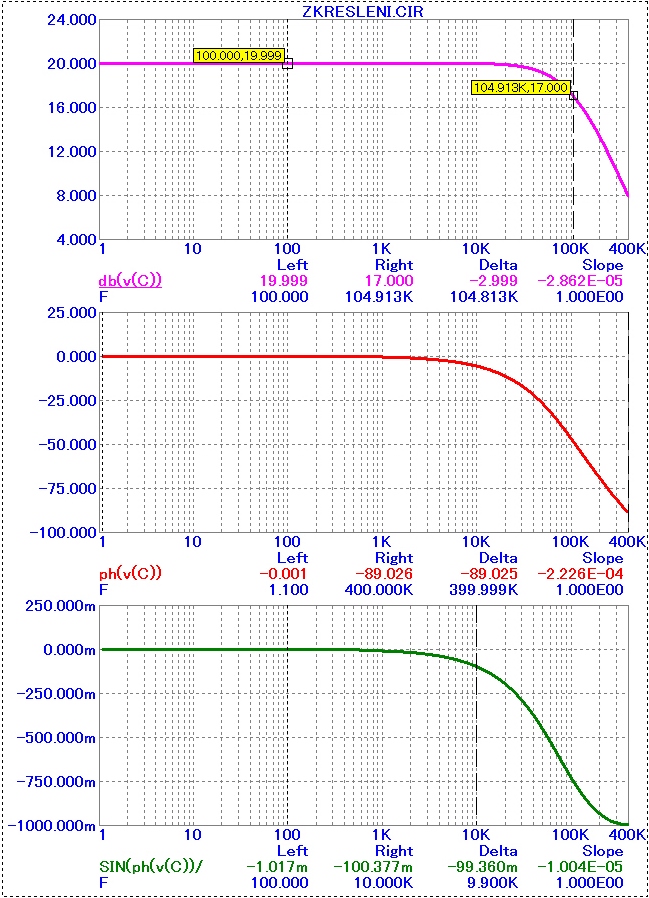
Very flat, the acoustic band, looks characterization 741. Dependence Vdif the delay is something else entirely.
You showed what? Only crazy simulations of unrealistic circuits...Please show your good example
Your pictures of phase shifts have nothing to do with "skreslení" (distortion), but with finite SR of real components. Very poor uA741 gives poor results, nothing new. Show measured results of yours circuits, please .
Last edited:
- Status
- Not open for further replies.
- Home
- Amplifiers
- Solid State
- Influence of the delay amplifiers for listening characteristics
